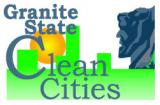Transportation Emission Reduction Strategies
Emission reduction strategies for the transportation sector (on-road and off-road vehicles and equipment).
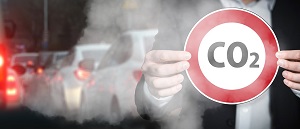 There are many available techniques that can be used to reduce gasoline consumption, improve gas mileage and save money. These include purchasing vehicles with better fuel economy, increasing fuel efficiency, idle reduction strategies, increased use of alternative modes of transportation and reducing the use of single occupant vehicles and vehicle miles travelled. Every gallon of gas burned produces over 20 pounds of carbon dioxide, a greenhouse gas that causes climate change. Additionally, inefficient fuel use has negative impacts at the pump AND on your wallet.
There are many available techniques that can be used to reduce gasoline consumption, improve gas mileage and save money. These include purchasing vehicles with better fuel economy, increasing fuel efficiency, idle reduction strategies, increased use of alternative modes of transportation and reducing the use of single occupant vehicles and vehicle miles travelled. Every gallon of gas burned produces over 20 pounds of carbon dioxide, a greenhouse gas that causes climate change. Additionally, inefficient fuel use has negative impacts at the pump AND on your wallet.
Fuel Economy and Fuel Efficiency
There are multiple strategies and techniques to improve driving behavior, conserve fuel and save money, such as fuel economy and fuel efficiency. Fuel economy is how far a car can go using a set amount of fuel and is measured in miles per gallon (MPG). Fuel efficiency refers to how efficiently a vehicle uses fuel and can be improved through driver technique and maintenance.
Related Content
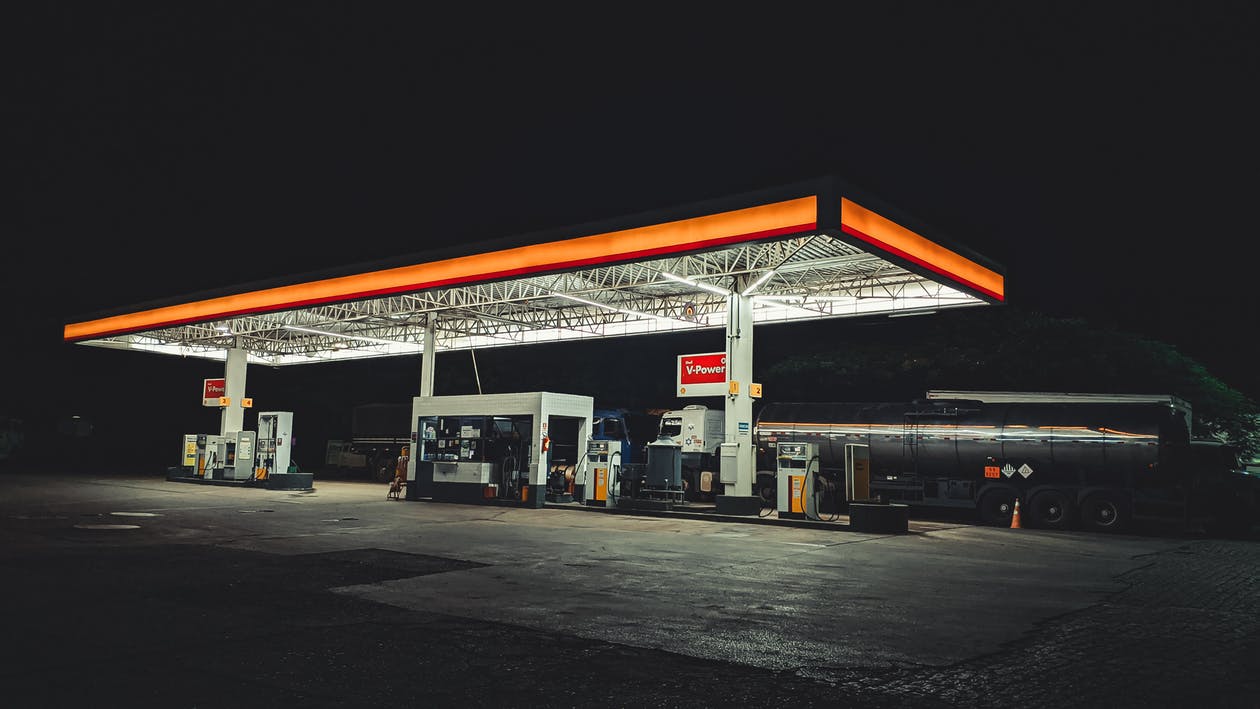
Minimum average motor vehicle fuel economy requirements
The National Highway Traffic Safety Administration (NHTSA) sets minimum average motor vehicle fuel economy requirements in mile per gallons referred to as Corporate Average Fuel Economy or CAFE standards.
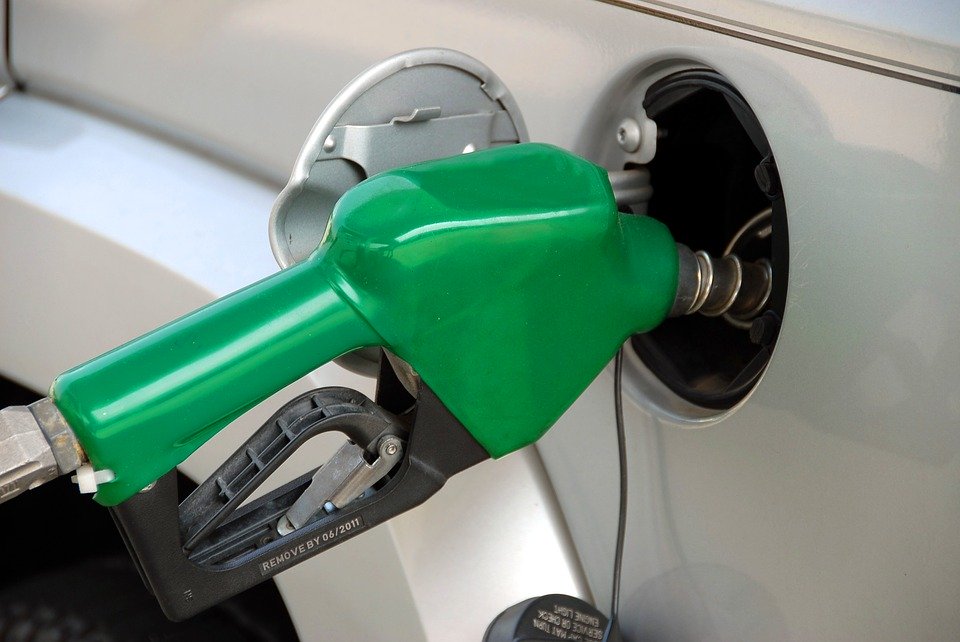
Determining the fuel economy of all new vehicles
EPA is responsible for providing the fuel economy data that is used on the fuel economy label (or window sticker) on all new cars and light trucks. The Department of Energy publishes information on Vehicle Fuel Economy, and you can look for a fuel efficient vehicle on their website.
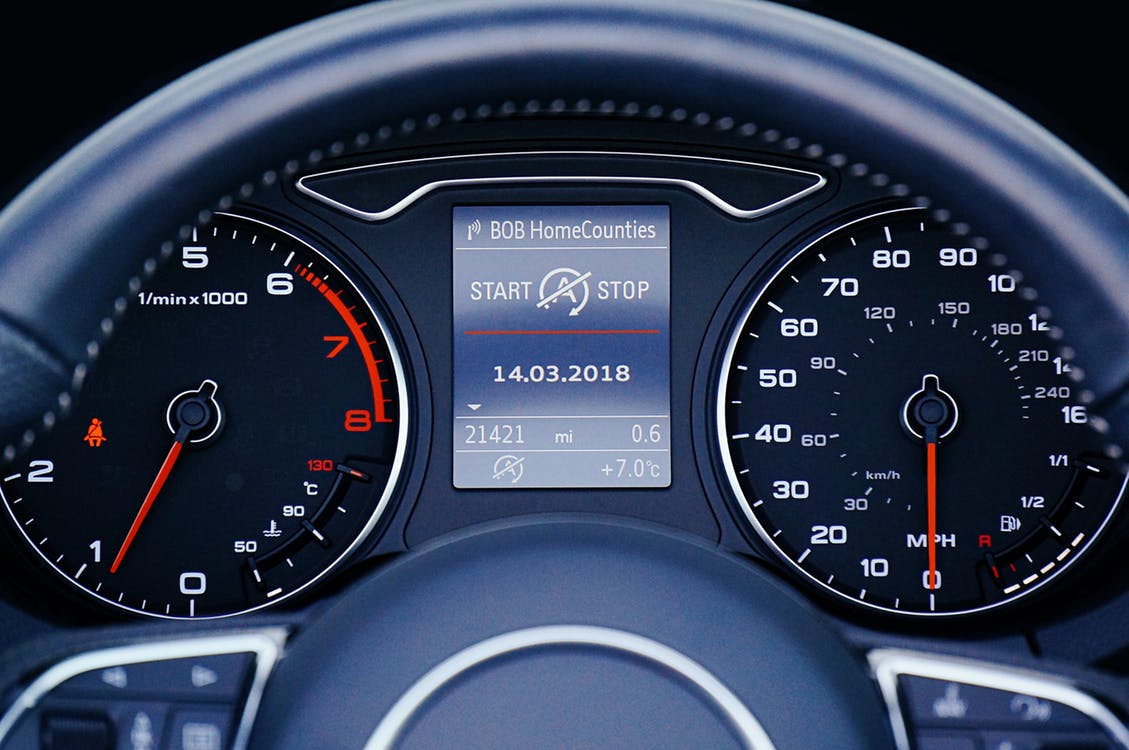
Conserve fuel and protect the environment
Avoiding the use of single occupancy vehicles through carpooling, riding transit, biking or walking to work and errands is one way to reduce emissions from transportation. Commute Smart NH has a lot of resources to get you started as a “smart commuter.” The Department of Energy has more tips for how to conserve fuel while driving and through maintenance.
Idle Reduction
Idle reduction is another strategy for reducing the amount of fuel used by your vehicle. New Hampshire’s anti-idling regulation can be found in our Administrative Rules. For idle reduction strategies, visit the U.S. Department of Energy’s Alternative Fuel Data Center Idle Reduction webpage. Air pollution from vehicles has health implications for everyone, but children are more susceptible to this pollution because their respiratory systems are not fully developed. Learn more about idle-free school initiatives.
Active Transportation
Active Transportation (biking and walking) is one strategy to reduce fuel and vehicle miles traveled. It’s also a great way to stay active and enjoy the natural beauty of New Hampshire. New Hampshire is working on a Statewide Pedestrian and Bicycle Transportation Plan, and NHDES is an active member of the NHDOT Complete Streets project.
Complete Streets is a philosophy that guides community, planning and transportation agencies to consider and incorporate safe access to destinations for everyone, regardless of age or ability, or mode of transportation, when feasible. Complete Streets are streets designed and operated to enable safe use and support mobility for all users. Those include people of all ages and abilities, regardless of whether they are travelling as drivers, pedestrians, bicyclists, or public transportation riders. The concept of Complete Streets encompasses many approaches to planning, designing and operating roadways and rights of way with all users in mind to make the transportation network safer and more efficient. Complete Street policies are set at the state, regional and local levels and are frequently supported by roadway design guidelines. See the national Complete Streets website for more information.
Efficient transportation systems achieve transportation goals (such as enabling people to get to work or goods to be delivered) while reducing vehicle miles traveled.
Idle Reduction Signs
No Idling signs are available for any facility free of charge provided you submit a photo of the sign installed.
Tips for reducing idling
Here are some tips from the Department of Energy for reducing idling, including the idle box toolkit.
Did you know?
Did you know?
New Hampshire regulations have limits on idle time. Read about the idling regulations.








